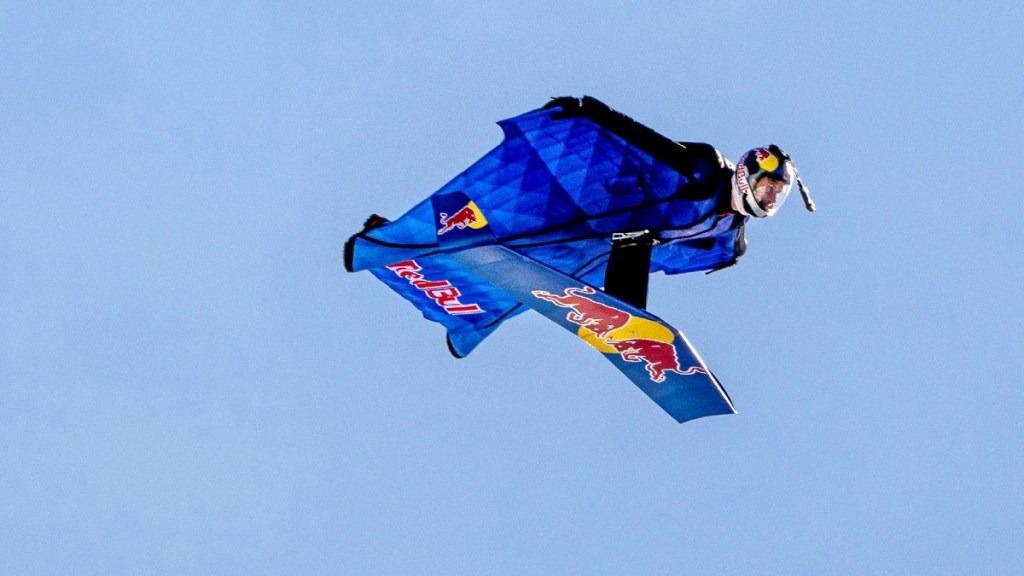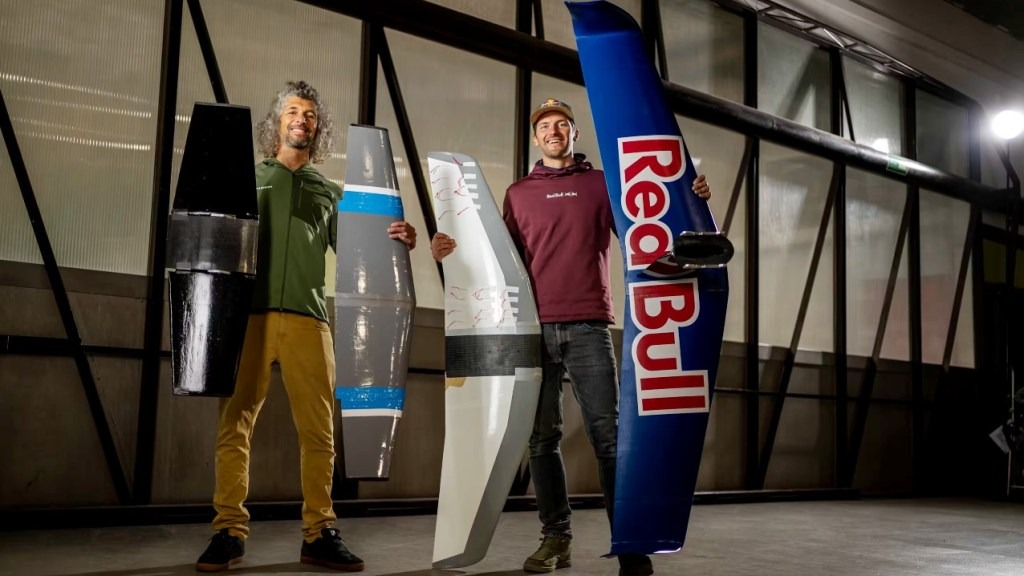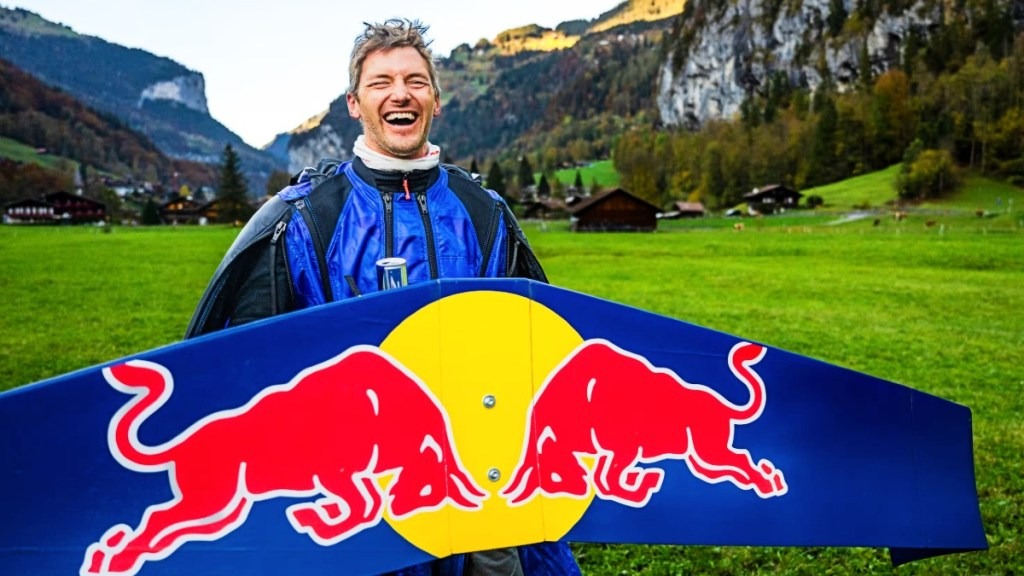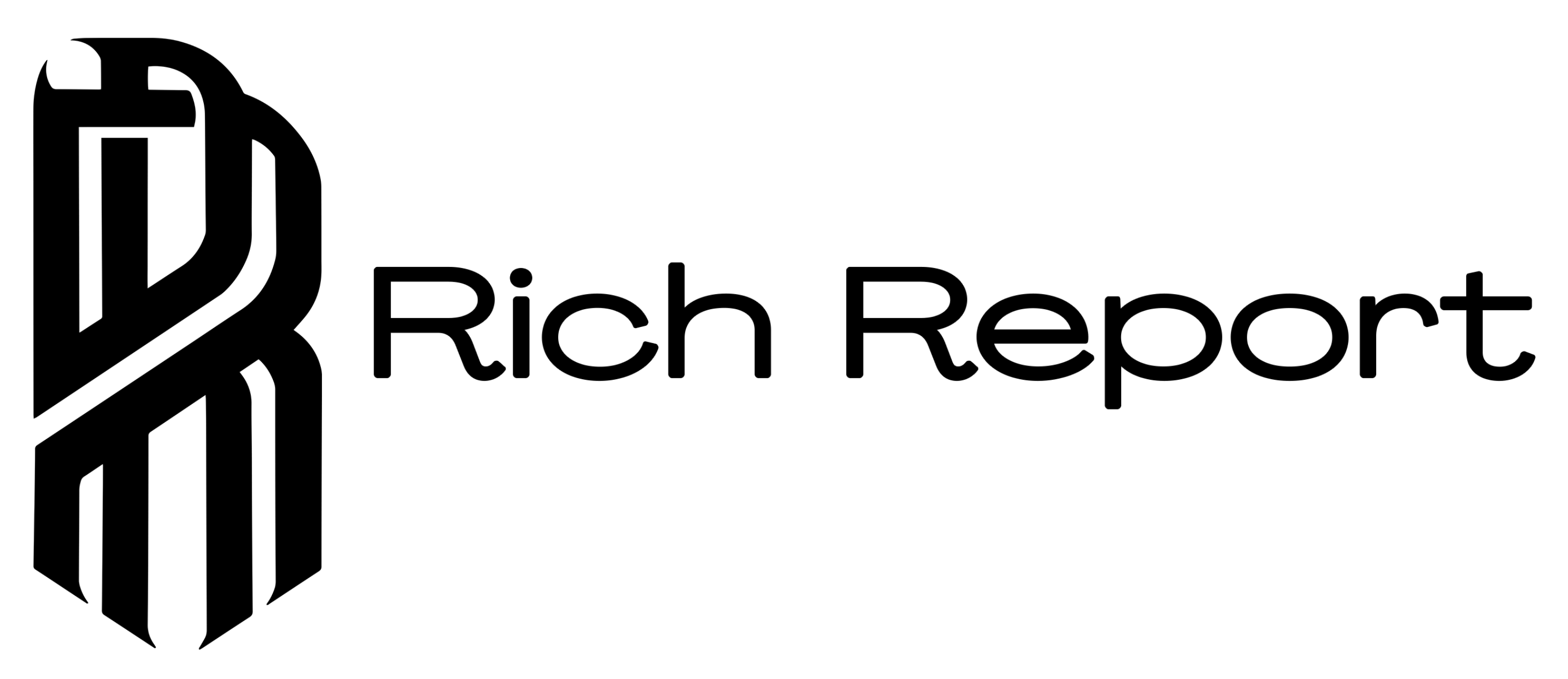Hydrofoils have emerged as the leading technology for enhancing boats, significantly improving the speed of sailboats, increasing the efficiency of powerboats, and even making their way onto superyachts. While airfoils are commonly recognized—most notably in the design of aircraft wings—there’s a new innovation making waves in the realm of human flight: the electric wingsuit equipped with a foil, as pioneered by Red Bull athlete Peter Salzmann.
This innovative wingsuit, constructed from ripstop nylon and designed in a form reminiscent of a rectangular sleeping bag, features three wings: two located between the arms and torso, and a third between the legs. These wings generate lift, allowing the wearer to glide horizontally and maneuver effectively during flight.

What sets this wingsuit apart is its incorporation of electric power, which enables control over the foil. Salzmann describes the setup, saying, “It’s super light and has a throttle you can control with your hand. We’re also quiet and light as a bird. I glide almost silently through the air.” This aspect of the design not only enhances performance but also minimizes noise during flight, contributing to a more serene experience in the skies.
Salzmann and fellow wingsuit jumper Andreas Podlipnik invested six years in the development of six airfoil prototypes, conducting tests at an indoor wind tunnel in Stockholm. After extensive experimentation, they selected the optimal design for their wingsuit, at least from a theoretical standpoint.
To put their innovation to the test, Salzmann leaped from a height of 13,330 feet in the Swiss Alps. The resulting footage captures his extraordinary achievements in unpowered flight: a record-breaking duration of 5 minutes and 56 seconds, a maximum speed of 124.2 mph, and a distance of 7.75 miles. At one point in the video, just before deploying his parachute, he candidly remarks, “I’m tired,” showcasing the physical demands of such a feat.
BASE jumping, the sport that encompasses jumping from fixed structures while utilizing a parachute or wingsuit, is inherently risky. The acronym BASE stands for buildings, antennas, spans, and earth. Unfortunately, the sport has garnered a reputation for its dangers, with statistics indicating that the injury and fatality rates for BASE jumpers are 43 times higher than those for traditional parachuting from aircraft.

Initially drawn to the thrill of BASE jumping, Salzmann’s perspective has evolved. “What you have is the most intense focus you can imagine,” he shares. “You are so focused that you can see yourself from the outside, imagining yourself flying. Physiologically, you have full body tension, but fear doesn’t play a role.” This intense focus reflects the mental discipline required to excel in such a high-stakes environment.
The collaboration between Podlipnik and Red Bull’s Advanced Technologies Group, which includes engineers from the Formula 1 circuit and experts in aerospace technology, played a crucial role in the development of their wingsuit/foil combination. The resulting foil boasts a wingspan of 6.9 feet and weighs just 8.3 pounds, featuring a foam core and components created through 3D printing. Its lightweight nature allowed the duo to transport the foil to their launch point in the Swiss Alps with relative ease.
Salzmann recalls the initial challenges faced during the development of the wingsuit, noting, “The main problem was that when we first built the wing, whenever I got into position, it pulled me down because the wing had a bad flow.” The breakthrough came with the design of an adjustable wing that could be manipulated during flight, enhancing performance and stability.

As this cutting-edge design has proven its effectiveness, questions remain about its future. Will this be a unique project, or will it set a new standard for wingsuits and potentially other forms of BASE jumping? Podlipnik reflects on the uncertainty surrounding the technology’s evolution, stating, “How will this develop? I assume other jumpers would like to try it as well, but whether everyone will be jumping around with a foil in 10 years, I can’t predict. But with the ability to fly further, there will be new possibilities that we can’t yet imagine.”
In summary, the fusion of wingsuit design with hydrofoil technology has marked a significant advancement in human flight. Peter Salzmann’s record-breaking achievements highlight not only the potential of this innovative design but also the thrilling possibilities that lie ahead for the sport of BASE jumping. As the technology continues to evolve, it may very well redefine the boundaries of what is possible in the realm of aerial exploration.



